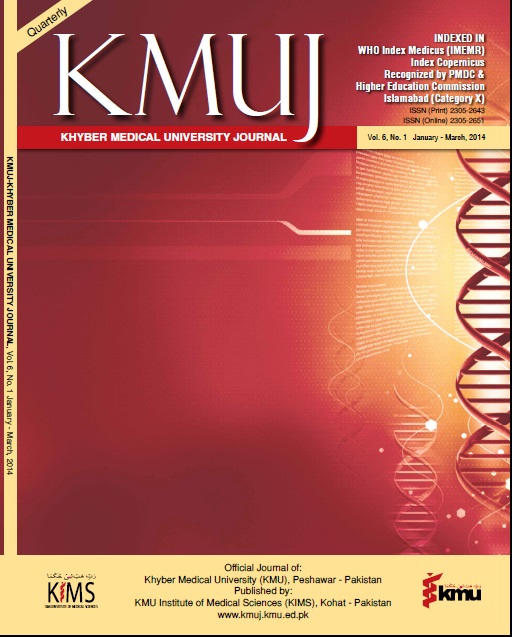EVIDENCE-BASED MEDICINE: WHAT DOES THE FUTURE HOLD?
Main Article Content
Abstract
The concepts of evidence-based medicine are coming up on their thirty-fourth anniversary, born in Canada with the publication of a series of articles in the Canadian Medical Association Journal called, Clinical Epidemiology Rounds.1[i] Over this time, the ideas have slowly permeated their way into academia and are slowly diffusing into everyday clinical practice.
The process of evidence-based medicine consists of five steps: 1) defining the question; 2) find evidence; 3) critically appraise this evidence; 4) apply the evidence, making a decision regarding the initial question; and, 5) monitoring one’s own practice.
This process makes sense. It is also difficult. Just realizing that one has a question – the start of the process – is not easy. Finding the evidence, especially with limited computer support, can stop the process before it starts. Critically appraising evidence is a slow, difficult process for which many of us are ill equipped to do. Even if we have the skills, the time it takes to evaluate original research makes this step impractical when an answer is needed during the care of patients.
Problems remain when the answer is obtained. If I do something based on this evidence, will my patient be better off as a result? There are many examples in medicine of when patients were inadvertently harmed because of interventions that seemed to make sense but worsened clinical outcomes. One of the most infamous examples is the treating of asymptomatic premature ventricular contractions following a myocardial infarction, which resulted in an average increase in mortality.[ii] Many other examples of “doing the wrong thing for the right reasons” exist in medicine’s history.
[i]. [No author listed]. Department of clinical epidemiology and How to read clinical journal: I. Why to read them and how to start reading them critically. Can Med Assoc J. 1981 Mar 1;124(5):555-8.
[ii]. Echt DS, Liebson PR, Mitchell LB, et al. Mortality and morbidity in patients receiving encainide, flecainide, or placebo. The Cardiac Arrhythmia Suppression Trial. N Engl J Med. 1991 Aug 22;325(8):584-5. N Engl J Med 1991 Mar 21;324(12):781-8.
Article Details
Work published in KMUJ is licensed under a
Creative Commons Attribution 4.0 License
Authors are permitted and encouraged to post their work online (e.g., in institutional repositories or on their website) prior to and during the submission process, as it can lead to productive exchanges, as well as earlier and greater citation of published work.
(e.g., in institutional repositories or on their website) prior to and during the submission process, as it can lead to productive exchanges, as well as earlier and greater citation of published work.
